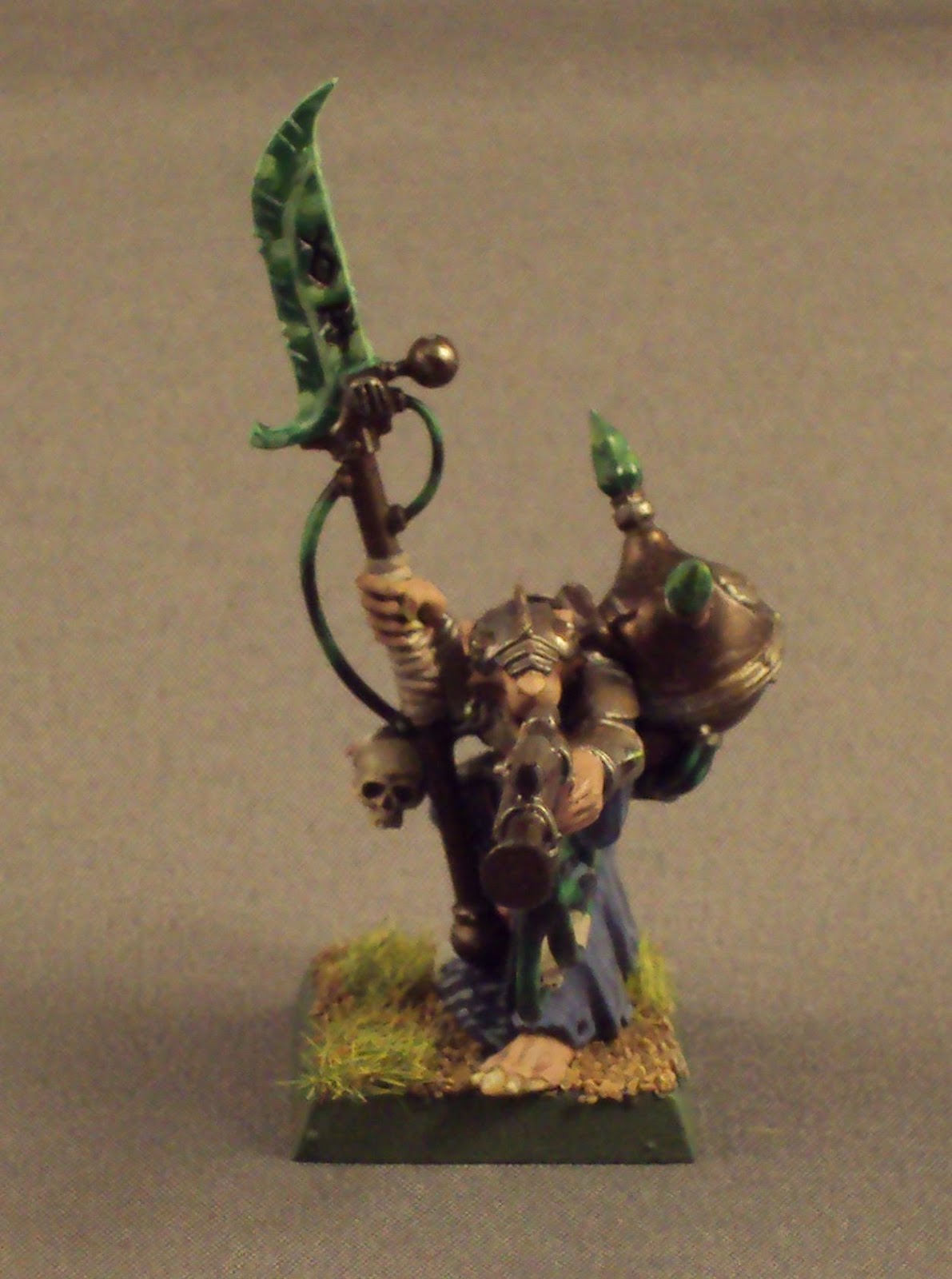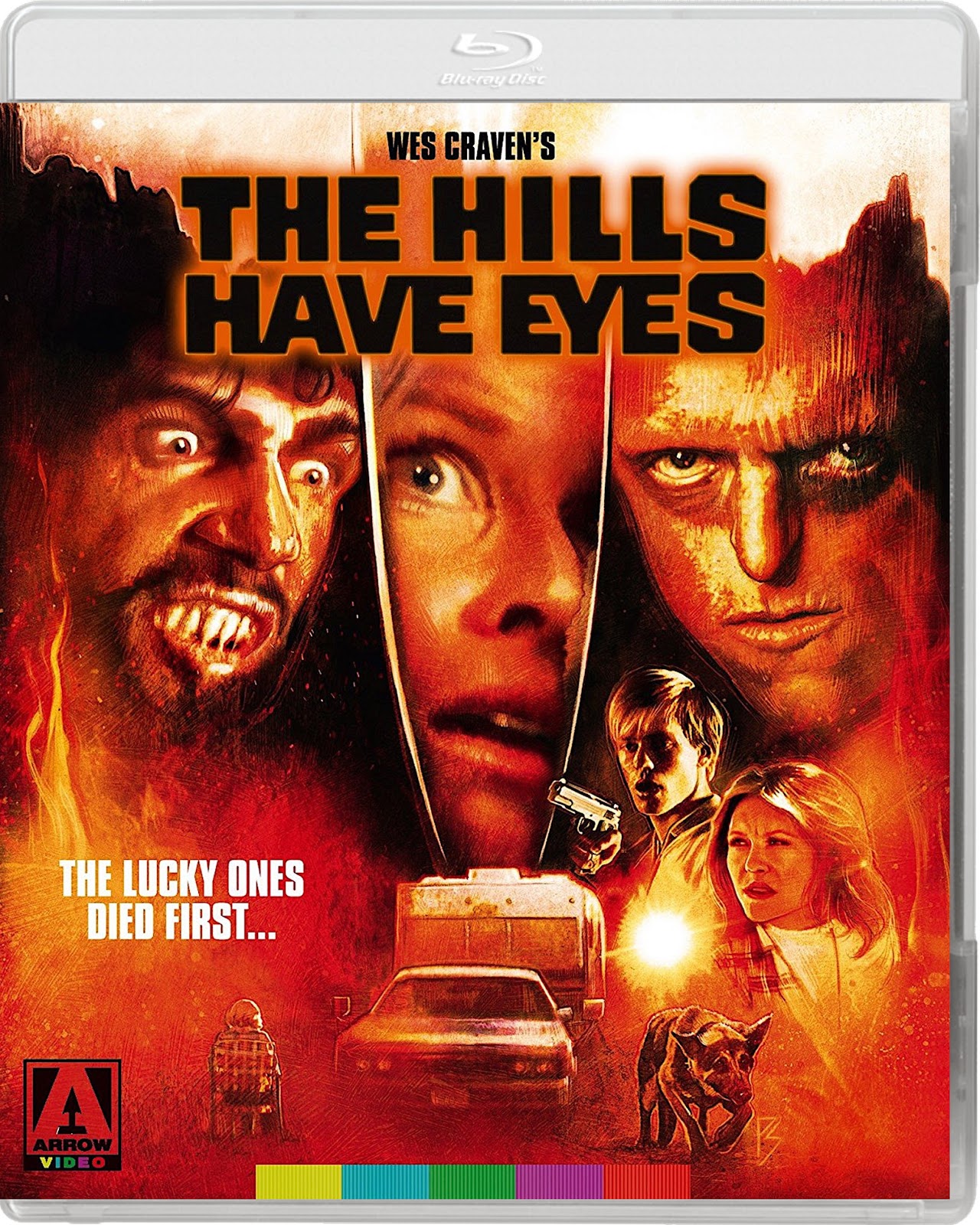
Doing this manually helps to create a “painterly” effect and makes the sails look less “printed”.įirstly: “History: Man O’ War is one of the oldest non-core games released by Games Workshop.” I print the black colours with an inkjet printer and then manually apply highlights and washes where appropriate.

This gives them a very nice woven cloth texture which is unfortunately invisible in a lot of the pictures due to their relatively small size. I also drybrush a bit of white onto areas with turbulences such as oars, paddles and the wake of fast ships. Once dry, everything is painted Regal Blue followed by drybrushes of Ultramarine Blue and Ice Blue (wave tips only).
#BLOOD ISLAND POSSESSED DWARD CRACK#
Spackle or other fillers that I use for regular basing would tear or crack during wave-making process. This creates a very malleable material which dries rock hard but doesn’t “tear” when pushed into waves. I coat the entire base with a mix of plastic wood filler and a little bit of water. The base sizes vary by model in accordance with the unofficial base size guidelines (which allows bases instead of models to be uses for targeting). That adds weight, stability and the ability to use magnets for storage. I used a sheet metal stamper to create 1/8” iron bases for each model. The original Man O’ War models came without bases but the hobby community quickly realised that this is an impractical solution for a game where the entire up touchable area of models is extremely fragile (sails and plastic masts). The fleets are therefore painted in bright colours with bold highlights.

The models are all approximately 1” to 3” in size but proportions vary from fleet to fleet.īasing & Painting: I wanted my paintjobs to evoke the cheerful tongue-in-cheek style of the early 90’s. Scale: Man O’ War models have no consistent scale. Especially the rare plastic mast sprues are worth their weight in gold these days. This makes them one of the few Games Workshop products that have actually increased substantially in value over time. Models are still available on EBay and other second hand venues but have become collector items. A solid fan base has kept the game alive since then.
#BLOOD ISLAND POSSESSED DWARD SERIES#
Unlike other Games Workshop games of that period, Man O’ War was not transitioned into the Specialist Games series and simply disappeared instead. With a core box and two expansion boxes it actually received substantial support in the early 90s. History: Man O’ War is one of the oldest non-core games released by Games Workshop.

gun powder weapons, steam engines, etc.). This isa reversal of the Warhammer framework where the Empire is more technologically advanced (e.g. For example, the Bretonnian fleet uses the equivalent of 17 th century sailing ships while the Empire employs much earlier galleys. Some fleets also change the traditional historical references of the Warhammer world. The game has in general a lighter tone than Warhammer with many tongue-in-cheek elements. While situated in the Warhammer world, the game departs from some of the iconic concepts of that environment. All major Warhammer faction of the 90s are represented with fleets but the game balancing is very poor for some factions, especially the later additions in the Plaguefleet expansion set. sailing speed depending on wind direction, ramming and boarding, etc.). The game uses fairly straightforward dynamics common in naval games (e.g. Man O’ War is a naval combat game set in the Warhammer world.


 0 kommentar(er)
0 kommentar(er)
